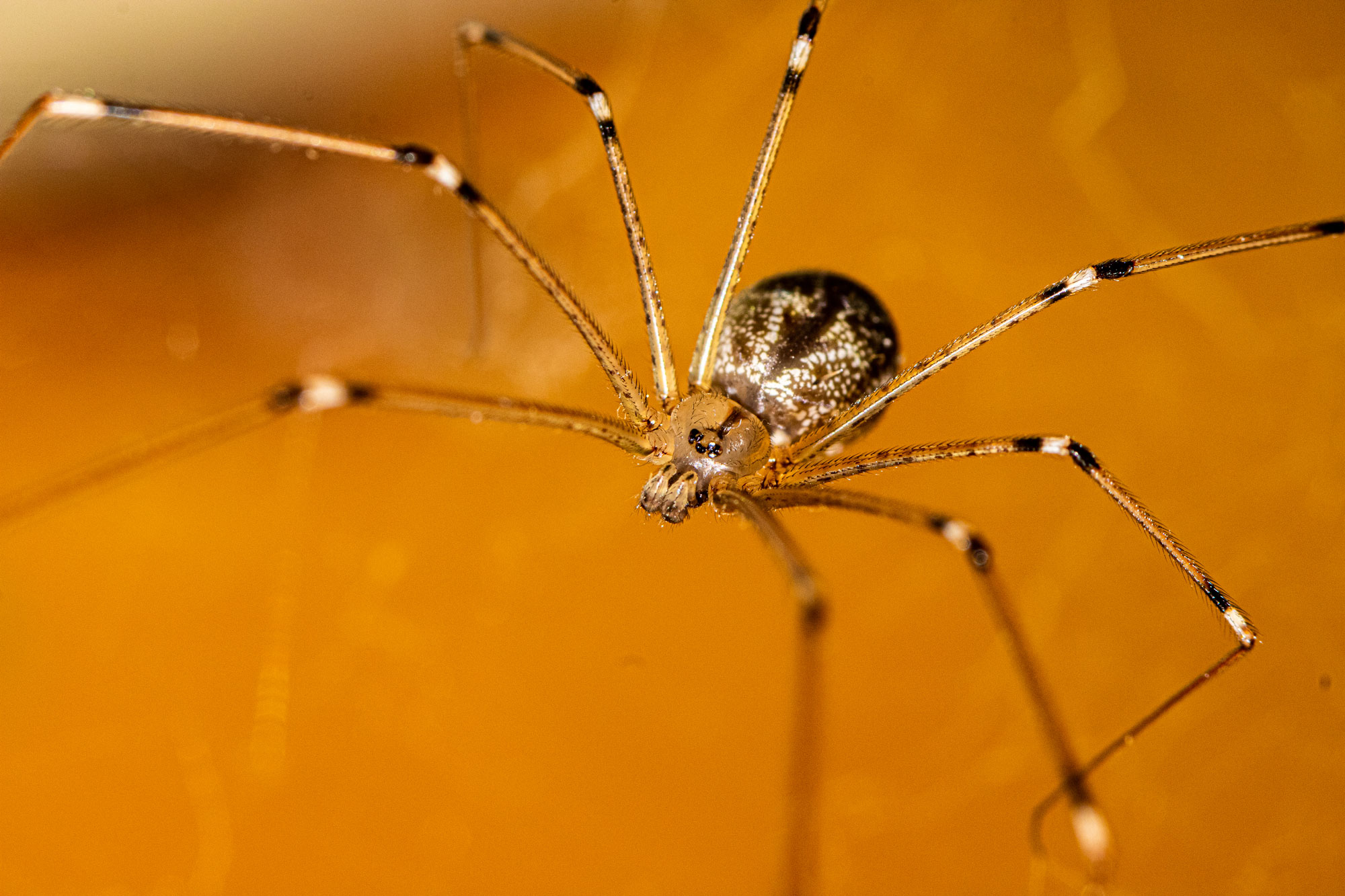Myth buster: Daddy long legs is the most venomous spider in the world

Did you learn as a kid that you're only safe from the harmful venom of daddy long leg spiders because they don't have fangs long enough or sharp enough to break through human skin? That if they could bite, their bite would be deadly? If you grew up thinking this, you are far from alone. It's a myth that's been circulating for generations, but there is no truth to it.
Breaking down this misinformation has to be done in a few steps. First, there's the question of what is a daddy long legs. Next, we have to talk about whether daddy long legs spiders are venomous, and if they are, how venomous they are.
On the first question, the answer is a somewhat complicated because daddy long legs is a generic term that people use to describe many different long-legged creatures. Some are spiders and some not. Among these so-called daddy long legs are crane flies, which are flies that look like large mosquitoes, and harvestmen, which are arachnids, but not spiders.
Harvestmen are spiderlike creatures, but they are not spiders for a few reasons. First, they lack venom, which virtually all spiders have, according to the Missouri Department of Conservation. They also don't have silk glands like spiders do, and they only have two eyes, compared with the eight eyes most spiders have. In addition, harvestmen have only one body part, while spiders have two.
The spiders that people refer to as daddy long legs are pholcid spiders, according to Burke Museum. These spiders belong to the Pholcidae family of spiders and are also known as cellar spiders.
There are hundreds of cellar spiders in the world, and humans are often quite familiar with them because some species are commonly found indoors, including in our houses, according to the University of Michigan. When they aren't taking up residence in our basements, attics and dark corners, they can be found in quiet, dark places, including caves, burrows and crevices.
Now that we've settled the matter of what exactly a daddy long legs is, we can focus on whether they are venomous and whether that venom is harmful. On the first matter, the answer is yes. The cellar spiders we call daddy long legs do produce venom. Virtually all spiders do. Of the thousands of spider species in the world, only two small families do not produce venom, according to Burke Museum.
So if they are venomous, are daddy long legs a risk to humans? The answer is unequivocally no. The venom from a cellar spider will not harm humans. In fact, the venom of cellar spiders and other pholcid spiders is relatively mild by spider venom standards, according to the Missouri Department of Conservation.
So where did this myth come from, that daddy long legs are the most venomous spiders of all? It's thought to be because cellar spiders hunt and kill dangerous spiders, such as black widows, the Missouri Department of Conservation reports. As the myth goes, if they are able to kill such dangerous spiders, they must have even more potent venom. In truth, though, cellar spiders don't rely on their venom to hunt and catch black widows and other spiders. Instead, they use long strands of silk to entrap and immobilize them.
While we're on the topic of venomous spiders, let's clear up a few more things. First, while virtually all spiders make venom, only an infinitesimal number are dangerous to humans. Of about 50,000 known spider species in the world, only 25 have venom that is capable of causing illness to humans, the Burke Museum reports. That amounts to only 1/20th of 1% of all spider species in the world being dangerous to humans.
Lastly, people often say spiders like black widows and brown recluses — two of those few spider species that can harm humans — are poisonous, but they are not. Poisonous and venomous do not mean the same thing. The difference between poisonous and venomous relates to how toxins are administered. Venomous animals, like black widow spiders, inject their toxins into you, usually via a sting or bite. Poisonous animals secrete toxins, usually through their skin, and people — or other animals — get sick from ingesting the toxins or absorbing them through their skin.
